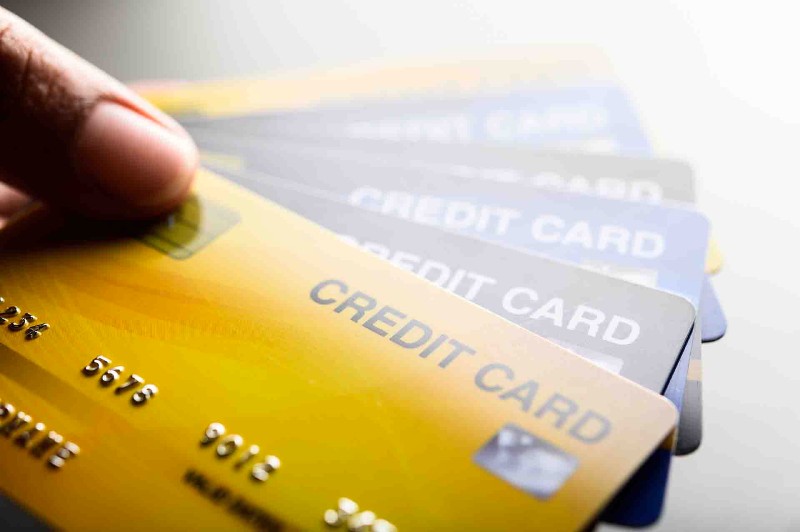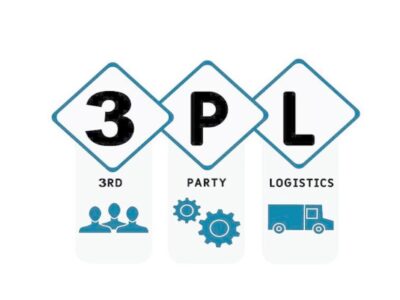There is a plethora of credit cards available today, from the premium rewards card, credit builder card , business credit cards, charge cards and even fuel credit cards, to name but a few. Let’s look at the evolution of credit cards and how the market has blossomed since it’s early introduction into UK consumers.
Credit cards have become an everyday part of most people’s lives and found their way into the wallets and purses of millions of people around the globe. Credit cards originated in the United States of America in 1950 and went mainstream in 1958 with the introduction of the American Express credit card.
It wasn’t until 1966 that the United Kingdom saw the first introduction of a mass-produced credit card when Barclays produced the well-renowned Barclaycard available to the general public.
Before credit cards payments were typically dominated by cash, with legal tender being exchanged for goods or service. The introduction of credit cards saw an evolution in how the monetary system functioned, with transactions now creating a footprint/audit trail. This then meant that data could be collected on spend, GDP per capita became more accurate and even fugitives on the run had to think twice about where they pulled money from.
The 1980’s saw a big step in the evolution and functionality of the modern credit card, as the magnetic strip transitioned onto the back of cards which could be read by specialised computing systems (of the time).
The magnetic strip was eventually phased out by the introduction of the (more familiar to contemporary times) EMV chips. EMV stands for ‘Europay, Mastercard and Visa’ which were the three founding organisations of the EMV technology which created the standard. EMV are the small metallic square patches that are typically located on the front left-hand side of modern-day cards.
2007 saw the introduction of the first iterations of ‘contactless payments’, which allows consumers to pay with a tap of a card onto a card reading machine, allowing for a seamless payment system and speeding up the process of buying.
The following year in 2008, we saw the Apple App Store begin to boom, as apps became the new norm and mobile wallets, and credit card apps began to find their way onto the Apple app Store and Android App store for consumers to download. Eventually introducing Apple pay and Google pay.
Credit card products were also designed to help build consumers credit scores, with credit builder cards, such as www.thimbl.com having a low credit limit and higher than average APR percentage, to try and help consumers build credit by making set monthly payments. Business banking also saw innovation with the introduction of business credit cards, which later incorporated the same technology of contactless payment, that we are familiar with today.
Credit cards also blossomed into rewards schemes which allows users to earn cash back whilst spending and even earn points or airline miles which you can then put down when booking flights abroad at participating partners.
Credit cards also expanded into fuel credit cards, which allows users to pay for fuel across different sites, without any fuss.
So, there you have it – a brief history of the evolution of the credit card technology and how the product has branched out and blossomed into the cards we know and love today!











Comments